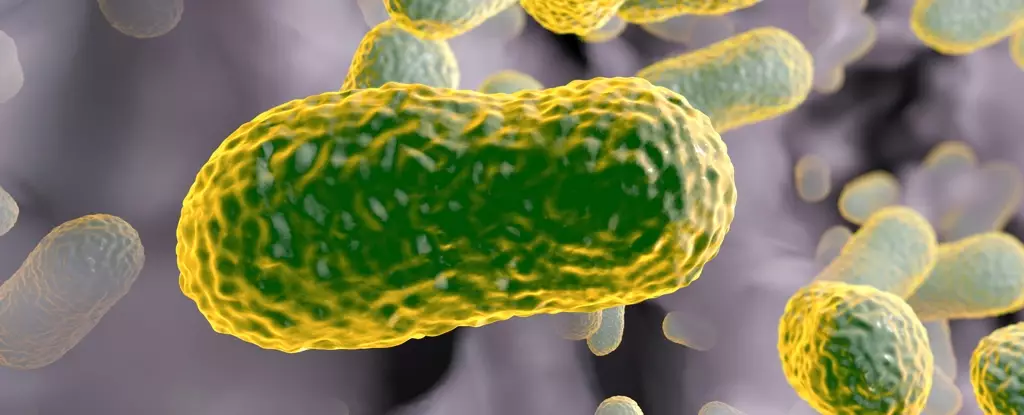The ever-looming threat of drug-resistant bacteria—often referred to as superbugs—has emerged as one of the most daunting challenges in modern medicine. As the world leans increasingly on antibiotics to combat bacterial infections, the worrisome rise of resistance has stirred the scientific community into action. While contemporary efforts focus largely on developing novel antibiotics, an interesting narrative unfolds as researchers turn their gaze towards an antibiotic that was almost forgotten: streptothricin, which is undergoing a revival under its new moniker, nourseothricin.
Antibiotics have revolutionized medicine since their discovery in the early 20th century, particularly during what is known as the ‘golden age’ of antibiotics in the 1940s. Among them, streptothricin was isolated, touted for its efficacy against gram-negative bacteria—those that complicate infections due to their distinctive structural defenses. Gram-negative bacteria, lacking the robust cell wall that gram-positive bacteria possess, have proven significantly more challenging for treatment. Their resilience has triggered an urgent need for new therapeutic avenues in an age where traditional antibiotics are losing their potency.
The gravity of this challenge was encapsulated in the World Health Organization’s 2017 report that highlighted the urgency of addressing the most threatening drug-resistant pathogens—most of which fell under the gram-negative category. While the potential of streptothricin was recognized, its development faced an insurmountable roadblock: initial toxicity findings indicated risks to human kidney health, prompting it to be shelved.
However, hope is not lost. James Kirby, a pathologist at Harvard University, along with his dedicated team, has sought to unearth this forgotten compound. Their research re-examines streptothricin, presenting it as nourseothricin, while refining our understanding of its safety and efficacy. In a world desperately in need of reliable antibiotics against increasingly resistant bacteria, Kirby’s team has been actively investigating this antibiotic’s potential, uncovering promising results.
Their findings reveal that while some variants of nourseothricin exhibit toxicity towards kidney cells, a specific component—identified as streptothricin F (S-F)—shows remarkable efficacy against drug-resistant gram-negative bacteria without posing significant toxicity. Interestingly, experiments on mouse models demonstrated S-F’s ability to eradicate particularly resistant bacterial strains. Such results revive the conversation around previously discarded antibiotics, highlighting the potential benefits of revisiting historical compounds.
Understanding how nourseothricin exerts its antibacterial properties may pave the way for a new class of medications designed to tackle gram-negative bacterial infections. Preliminary studies indicate that the antibiotics may function by binding to the bacterial cells and interfering with their protein synthesis mechanisms, differentiating them from existing antibiotics. This unique act of binding and disruption could be pivotal in formulating strategies to counteract the protective barriers gram-negative bacteria employ.
As researchers delve into the properties of streptothricins, the stakes are high. The exploration of enhancements to natural antibiotics like S-F could herald a new era in antibiotic development, marking a significant step forward in the battle against superbugs.
The re-evaluation of nourseothricin not only underscores the importance of looking back and learning from past discoveries but also highlights the value of innovative thinking in addressing contemporary healthcare crises. The scientific community is beginning to recognize that some of the answers in overcoming drug resistance may be hidden in the archives of antibiotic history.
As antibiotic resistance continues to pose a grave threat to public health, the revitalization of misplaced compounds like nourseothricin signifies a beacon of hope. The combined effort of researchers dedicated to uncovering the forgotten gems of pharmacology may eventually lead to the development of effective treatments, ensuring our arsenal against bacterial infections is both diverse and formidable.


Leave a Reply